Search
Remove Ads
Advertisement
Summary 
Loading AI-generated summary based on World History Encyclopedia articles ...
Search Results
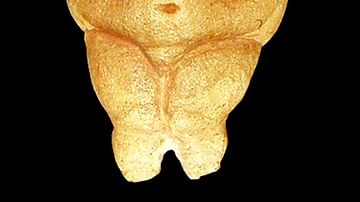
Definition
Venus Figurine
The term Venus figurine is used to describe the more than 200 small statuettes of voluptuous female figures that have been found at Upper Paleolithic sites across Europe and some parts of Asia. “When paleoanthropologists refer to figurines...

Definition
Venus
In Roman mythology, Venus was the goddess of love, sex, beauty, and fertility. She was the Roman counterpart to the Greek goddess Aphrodite. However, Roman Venus had many abilities beyond the Greek Aphrodite; she was a goddess of victory...

Article
Disarming Aphrodite: Rediscovering the Venus de Milo
The so-called Vénus de Milo is perhaps one of the most iconic works of Western art of any period. The statue of the goddess was found on the Aegean island of Milos, to which she owes her name, on the eve of the Greek War of Independence (1821-1830...

Definition
Psyche
Psyche was the goddess of the soul in ancient Greek and Roman mythology. Born a mortal woman, her beauty rivaled that of Aphrodite (Venus) and inspired the love of Aphrodite's son, Eros, god of desire. After completing a series of seemingly...
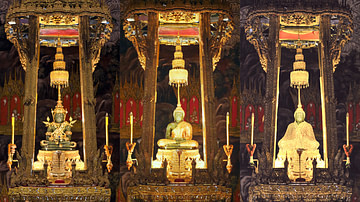
Article
The Temple of the Emerald Buddha
A small carved figurine sits high on a grand multi-tiered pedestal in a magnificent wat (temple) in Bangkok, Thailand. It has been sitting there since 1784 CE and was originally thought to be made of emerald. Hundreds of tourists and pilgrims...
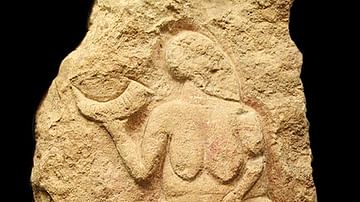
Image
The Venus of Laussel
The Venus of Laussel, carved between 20,000 and 18,000 years ago, is a rare example of a pre-historic bas-relief. Her faceless, voluptuous figure is characteristic of the Venus figurines produced throughout Ice Age Europe. Many scholars believe...
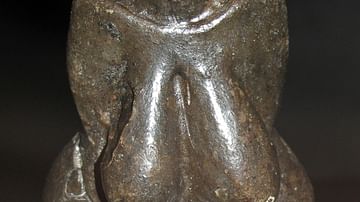
Image
Black Venus of Dolni Vestonice
One of the oldest known examples of ceramic in the world, the Black Venus was found at the pre-historic site of Dolni Vestonice in Moravia, Czech Republic in 1925 CE. The figure is thought to have been sculpted between 29,000 and 25,000 years...
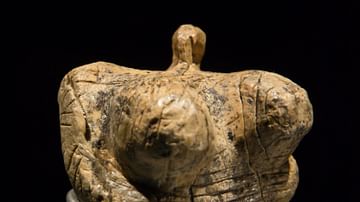
Image
Venus of Hohle Fels
Venus from Hohle Fels, carved from mammoth ivory in the Late- or Upper Paleolithic Aurignacian period and discovered near Schelklingen, Germany. It has been dated to c. 40,000 to c. 35,000 years old.

Image
The Venus of Willendorf
The Venus of Willendorf is a limestone statuette likely carved between 24,000 and 22,000 years ago, in the Upper Paleolithic, making it one of the oldest pieces of art in the world. The faceless, voluptuous, female figure is considered typical...
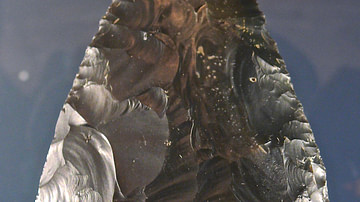
Definition
Paleolithic
The Palaeolithic ('Old Stone Age') makes up the earliest chunk of the Stone Age – the large swathe of time during which hominins used stone to make tools – and ranges from the first known tool use roughly 2,6 million years ago to the end...